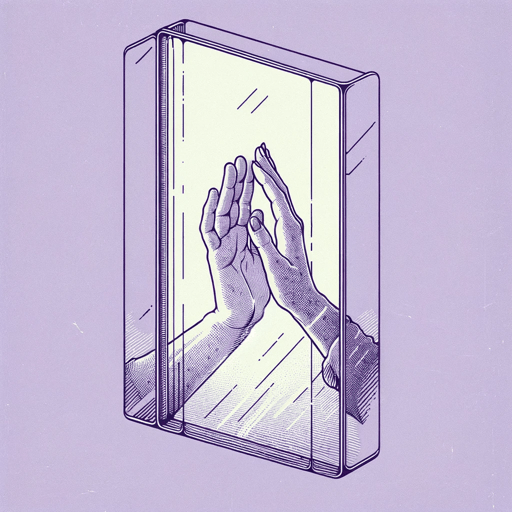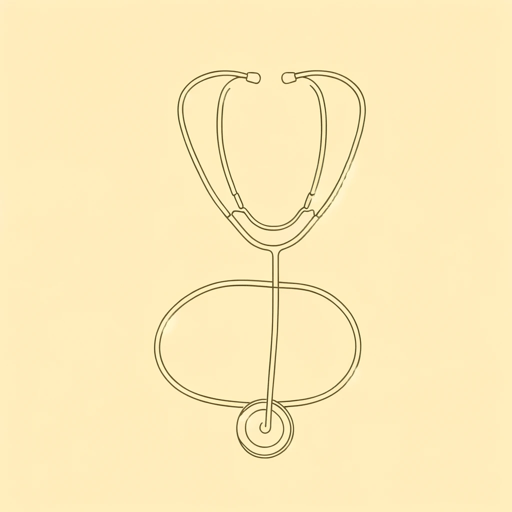73 pages • 2 hours read
Abraham VergheseThe Covenant of Water
Fiction | Novel | Adult | Published in 2023A modern alternative to SparkNotes and CliffsNotes, SuperSummary offers high-quality Study Guides with detailed chapter summaries and analysis of major themes, characters, and more.
Summary and Study Guide
Overview
Abraham Verghese’s The Covenant of Water is an expansive, multi-generational tale of an Indian family whose members all suffer from what is termed the “Condition.” From the story’s opening in 1900 to its close in 1977, this Condition leads to the death by drowning of many members of the family, usually male. It is Big Ammachi’s greatest hope that someone will someday discover the cause of, and thus the cure for, this Condition. She becomes the family matriarch, presiding over the estate at Parambil, in the southern region of Kerala. Once a child bride, she raises two children and one grandchild while witnessing numerous tragedies. Published in 2023, The Covenant of Water explores the caste system of India; examines the class system in the United Kingdom; spotlights the small Christian community within India; critiques the British imperial presence in India; and reveals much about Indian culture, history, and politics in the process. As a physician, Verghese also provides graphic and detailed scenes of illness, surgery, and recovery. Verghese’s long-awaited second novel—his first, Cutting for Stone, landed on the New York Times bestseller list for two years—showcases sweeping themes of love and loss, of faith and doubt, of resignation and restoration.
This guide refers to the 2023 Grove Press edition.
Content Warning: The novel depicts child marriage, suicidal ideation and suicide, drug use, and sexual assault. These issues are all discussed in this guide.
Plot Summary
A 12-year-old bride is to be wed to a 40-year-old farmer. Since it is traditional for a bride to leave her family home and join her husband’s family, she will leave for the estate of Parambil in Kerala as soon as possible. While she and her mother cry together upon the eve of her departure, they both know that the arrangement is inevitable. The girl’s father has died, and her mother will be taken in by relatives who cannot take in the girl. The novel follows the girl and her new family through the years 1900-1977. The girl will quickly learn that her husband’s family is unique: they suffer from what she terms the Condition. In nearly every generation, there is a tragic drowning among its members.
The early sections of the novel alternate between this child bride’s perspective and that of Digby Kilgore, a Glasgow, Scotland native who enlists in the Indian Medical Service. Their lives eventually intersect in ways that profoundly impact their fates. While Big Ammachi—the child bride—must acclimate to life at the Parambil estate and Digby, the Scottish surgeon, must accustom himself to Indian culture, they both become crucial parts in the lives of all of the other characters. They also must survive multiple tragedies.
The first comes when Big Ammachi (Big Mother) must endure the drowning death of her stepson JoJo, whom she treats as her own. Her daughter, Baby Mol (Baby Girl), is diagnosed with developmental disabilities, though Big Ammachi treasures her cheerful personality. She must also survive the death of her husband soon after her own son, Philipose is born. Though the two entered into an arranged marriage, with an enormous gap in age, they have grown to love each other through the years. Big Ammachi warns Philipose of the Condition. Since JoJo’s death, it has been her heart’s greatest desire to find a cure for the Condition. However, it is not Philipose’s destiny to be a doctor. He is drawn to writing instead.
Dr. Digby Kilgour, orphaned from a young age, seeks success in India that is denied him in Scotland. He is a talented surgeon whose career is cut short by tragedy: He falls in love with his mentor’s wife, and they engage in an affair. One night, as they are sleeping, a candle is knocked over, and his rooms catch on fire. His lover is burned to death, while Digby’s hands are irreparably damaged while trying to save her. His years as a surgeon are over. Instead, he invests in an estate—named Gwendolyn Gardens after his mother—and becomes a gentleman farmer. Before the estate, however, he recuperates at a leprosarium run by Dr. Rune Orqvist, who tries with partial success to repair his hands.
Digby’s life intersects with those of the Parambil residents in numerous ways. First, Rune enlists the help of a young girl named Elsie, the child of a friend of his, to assist Digby in his physical rehabilitation. She helps him to draw, which loosens the damaged tendons and joints. Second, when Philipose is 13, he brings a choking young boy to the leprosarium—Parambil has no proper hospital at the time—and Digby instructs Philipose in how to perform a tracheotomy in order to save the boy’s life. Digby calls upon his friend, Chandy, to give Philipose a ride home, where he meets Elsie. She studies Philipose’s hands, and he is stricken. Later, they will be married.
Tragedy strikes again, however, when Philipose and Elsie’s young son is killed while climbing a tree, impaled on a branch. In trying to save him, Philipose breaks both of his ankles badly and resorts to opium as a painkiller. As a result, he becomes dependent on opium for many years. The two blame each other for the child’s death, and Elsie leaves Parambil. Philipose does not know where she has gone. Eventually, though, she returns, and while they do not reconcile, they do have sex one last time. Philipose is still in the depths of his addiction, and Elsie appears haunted by something else. She gives birth to a girl, Mariamma, who comes early, and she refuses to have anything to do with the child. Within a few weeks, Elsie disappears down the river, an apparent suicide.
Philipose gets sober for the sake of his daughter, he raises her with Big Ammachi’s help. When Mariamma is a young adult, she decides to become a doctor. When Philipose drowns—the Condition strikes again—Mariamma decides to find the cause and the cure for the disease. She does get some answers, which helps her to understand why not only her family but many of the families in the tight-knit Christian community also suffer from this problem. It allows her to save the life of the man she loves, Lenin Evermore. However, in investigating the problem, she reads her father’s journals and realizes that Philipose was not her biological father. Instead, it is Digby.
When she seeks out some answers from Digby, she learns that her mother, Elsie, did not die by suicide. She rejected her daughter for another, tragic reason: She had contracted leprosy and did not want to transmit the disease to her child. Digby has been caring for her all these years, even though she is now disfigured and blind. With the secret finally revealed, Mariamma’s life will irrevocably change, but she will embrace at least some of that change: “Without thinking, without having to think, Mariamma feels herself drawn forward. She puts both of her palms on that glass pane, pressing and overlapping her mother’s hands, so that at that moment, all is one, and nothing separates their two worlds” (715). She finally meets her mother through the windowpanes, and like the family at Parambil and the doctor at the leprosarium, two worlds inevitably come together.
Related Titles
By Abraham Verghese
Featured Collections
Asian American & Pacific Islander...
View Collection
Books & Literature
View Collection
Colonialism & Postcolonialism
View Collection
Family
View Collection
Grief
View Collection
Health & Medicine
View Collection
New York Times Best Sellers
View Collection
Oprah's Book Club Picks
View Collection
Popular Study Guides
View Collection




